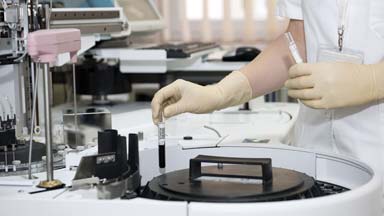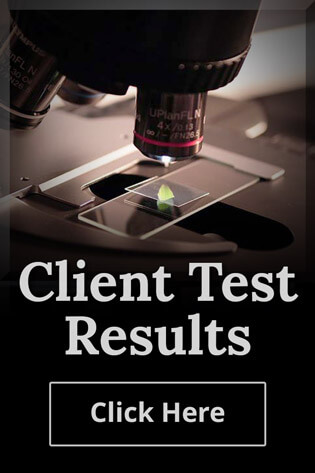Rapid DNA Extraction Methods For Food Testing

There are several rapid DNA extraction methods for food testing which target E. coli 0157:H7, Staphylococcus aureus, Salmonella enterica and Aeromonasydrophila.
Some methods are more complicated and call for more steps than others, while others are simple and more affordable. The following are common rapid DNA extraction methods used by testing labs:
Extraction by Kit
Extraction by kit needs specific conditions to be effective. Differences in cell wall structure and in adhesion properties of microorganisms in combination with physical, chemical and biological food characteristics affect the effectiveness of kit extraction.
Boiling Methods
Boiling as a rapid DNA extraction method is simple, inexpensive, quick, sensitive and it doesn’t require much experience. This method could arguably be considered superior to other methods or extraction. This method doesn’t require any chemical compounds, however, if isolated DNA will be amplified by polymerase chain reaction (PCR), the risk of cross-contamination associated with reusing homogenizers and vessels is unacceptable.
Phenol/Ethanol Extraction
This rapid DNA extraction method uses organic solvents that precipitate hydrophobic proteins or hydrophilic molecules in an aqueous solution. Phenol is an acid that enables or aqueous and organic phases by denaturing proteins. Because it can cause severe burns, it should be used with caution.
The Phenol/Ethanol extraction is time-consuming and laborious. It requires the use of caustic chemicals and several rounds of high-speed centrifugation.
Physical Extraction Methods
Using a beef sample and physically extracting bacteria is an easier rapid DNA extraction method. Although similar to the boiling method, it requires no special preparation for physical extraction. Target DNA is amplified by boiling then rapidly cooling the sample. Cell walls break causing the DNA to move outside of the cell into an aqueous solution.
The kit and phenol/ethanol rapid DNA extraction methods require experience, the use of dangerous organic compounds a several steps. The boiling and physical extractions methods are simpler, require little to no experience and are less laborious. Each method has its pros and cons. Cross-contamination risk is higher with the boiling and physical extraction methods than with the kit and phenol methods.
Regardless of the selected method, each will result in rapid DNA extraction. E. coli 0157:H7, Staphylococcus aureus, Salmonella enterica and Aeromonasydrophila call all be extracted by each of these rapid DNA extraction methods.
Located in Coopersville, MI, Alliance Analytical Laboratories is a testing lab with national and international capabilities. Contact us today to request a quote or call us directly at (616) 837-7670.

 Microbiology
Microbiology